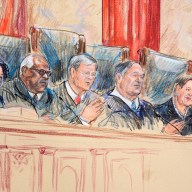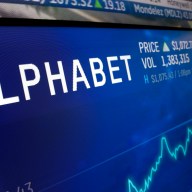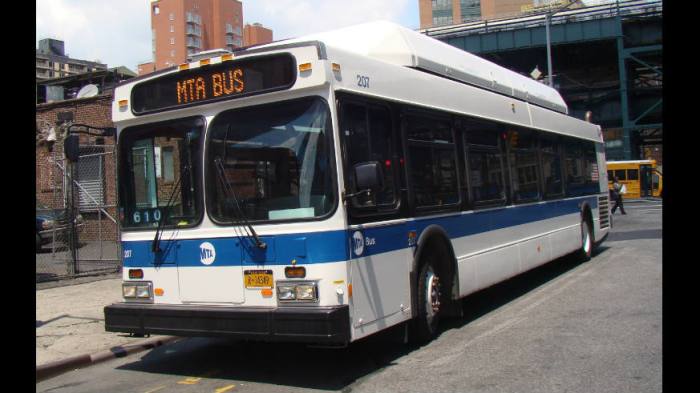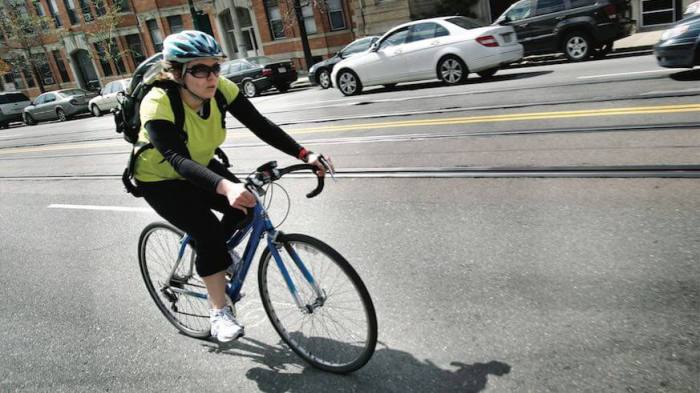Reports of Taxi TV’s death are greatly exaggerated.
While the Taxi and Limousine Commission edged closer on Thursday to phase out the auto-playing video screens in the backseat of all cabs since 2008, the earliest riders will see any new tech deployed throughout the city will be 2017. RELATED: Is Taxi TV finally going away?
The commission voted unanimously to launch year-long pilot programs with a four companies interested in developing technology that could the replace Taxi TV system originally piloted in 2003.
Allan Fromberg, spokesman for the TLC, explained the decade-old screen system has been tinkered and updated with over the years, but that new technology awaits. The agency hopes whatever comes next can replace the current mechanical meter that measures fares by tire rotation with a GPS-based meter. RELATED: Spend a night in a NYC taxi for $39
“The TLC is confident that we’ll see innovative ideas come about,” he told Metro.
Officials at the hearing also said they had to ensure any new program be consistent with city laws for visually impaired and address concerns by taxi dispatchers.
The leading concept would have riders use a tablet or smartphone to pay for a fare.
Mark Ackerman of the Lighthouse Guild, a vision and health care group, expressed worries that leaked details of the pilot don’t fully explain how it will consider blind or visually impaired riders who rely on the Taxi TV for spoken instructions. In a letter to the TLC, Ackerman requested the TLC delay its vote, but TLC Commissioner Meera Joshi pushed for the vote while acknowledging that any system that replaces Taxi TVs will by local law be accessible for the visually impaired. New York City edged closer to the end of auto-playing video in taxi cabs on Thursday when officials voted to explore replacements for the backseat screens.
The Taxi and Limousine Commission voted unanimously to develop a year-long program to find a new system that could not only replace the TVs, which run local programming and advertising, but also modernize taxi meters.
Taxi TV: Not quite dead yet
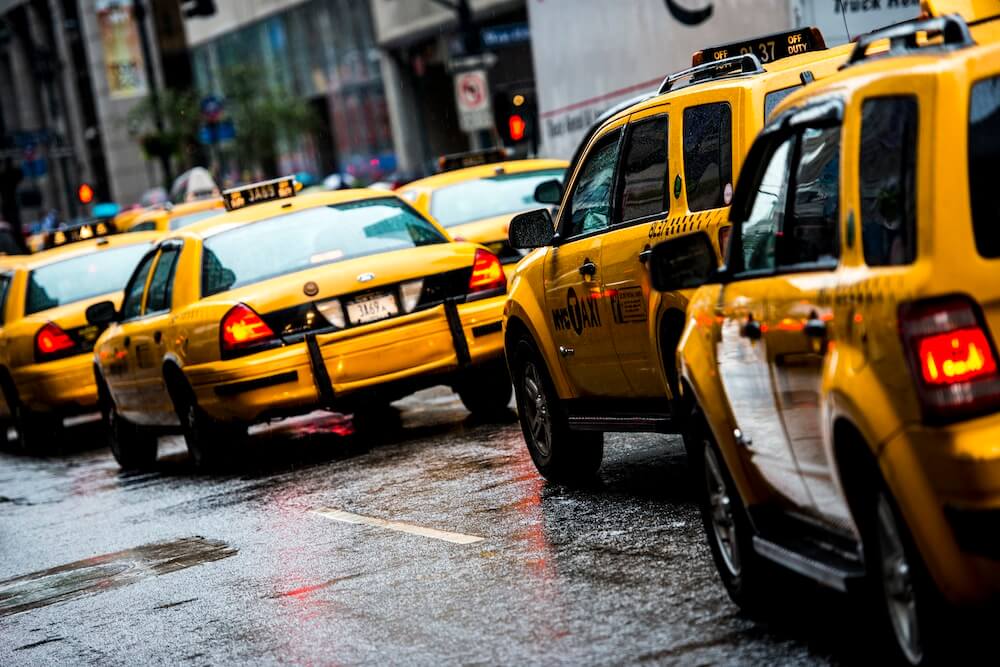
Getty Images








